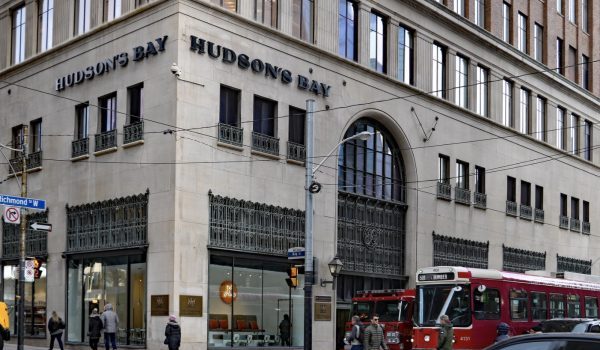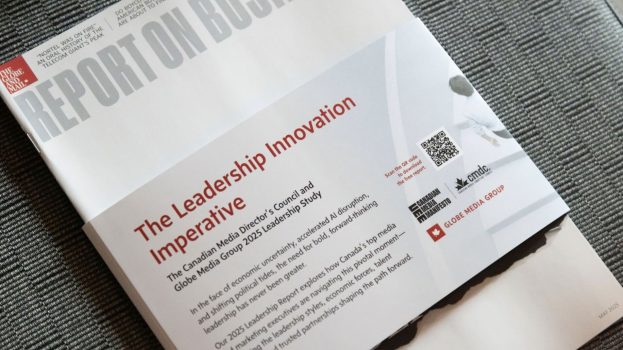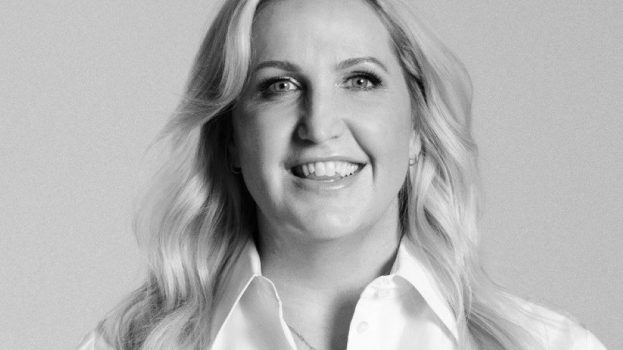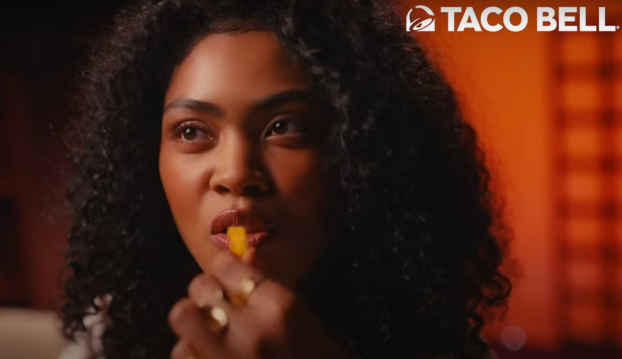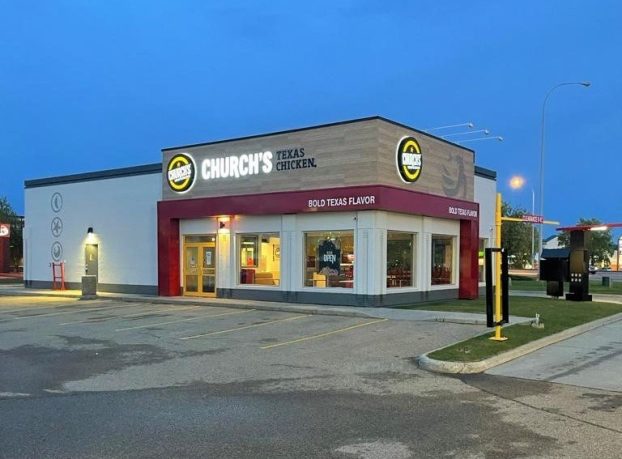According to the 2010 Canadian Sponsorship Landscape Study, 81% of respondents renewed sponsorships even though only 41% reported being satisfied with their deals.
That 40-point disconnect, coupled with reports that the number of sponsorship results being measured is falling year after year, marks a need to reconcile the way sponsorships and partnerships are handled, Rob Assimakopoulos, chief marketing officer, CFL, said to the audience at yesterday’s 2011 Sponsorship Marketing Council of Canada (SMCC) Conference.
Traditionally sponsorships haven’t had well defined brand strategies and measured outcomes, said Assimakopoulos. They have come together because of superficial links, such as the CEO of the sponsoring company liking hockey so sponsoring an NHL team, and the two parties have different goals going into the deal.
These things need to change, he said, with sponsorship strategies being developed because brands “scratch the same itch” and have similar or complementary benefits for consumers.
To figure out what the best fit is, Assimakopoulos noted, a company must research into its own benefits before looking for partnerships. He cited the upcoming 100th anniversary of the Grey Cup, which caused the CFL to examine its overall brand proposition before seeking partnerships.
“Just making a big deal out of the 100th anniversary because it is a milestone wasn’t enough for us,” he said. “We needed to know why marketers would think it is special.”
Based on that internal review, the CFL developed its tagline for the anniversary: “The 100th Grey Cup celebrates us all.”
Researching what makes a brand special and different is something that every company should do before entering a partnership, said Assimakopoulos.
“It helps you sell your brand more effectively,” he said. “It also helps with customer service because prospects should never have to guess what your brand is all about.”
Assimakopoulos’s comments on conducting internal audits were echoed by Bart Given, partner, Twentyten Group, who said sponsorships are not the cookie cutter model they used to be, saying the industry has moved from the “age of excess” to the “age of the accountant.”
Using the Vancouver Organizing Committee (VANOC) for the 2010 Olympic and Paralympic Winter Games as an example, Given said partnerships need to be built on research, driven by tailored plans and followed up with extensive metrics to make sure the arrangement was beneficial for all involved.
The 7th annual Sponsorship Marketing Awards were also handed out last Thursday, with RONA taking home Best of Show for its campaign leading up to the 2010 Vancouver Olympic Games and Paralympic Games. RONA also won a Gold award in a special category dedicated to the Vancouver Olympics at this year’s awards. (Media and sponsorship strategy over the course of the Olympics campaign was handled by Carat, Rona’s media and sponsorship agency of record.)
Other winners included the Laurentian Bank of Canada who took a Gold in Media Sponsorship, BMO who won Gold in Special Interest and Scotiabank Nuit Blanche, who took home Gold in Arts & Entertainment.

